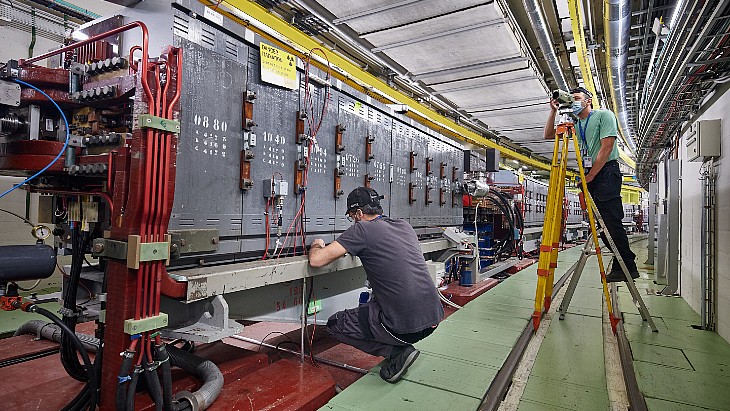CERN - the European Laboratory for Particle Physics, based in Switzerland - has the world leading neutron time-of-flight facility (n_TOF) which uses high-intensity neutron beams with a wide energy range to precisely measure neutron-related processes, including neutron-nucleus interactions.
NPL says that at CERN it will "perform accurate cross-section measurements of neutron induced nuclear reactions relevant to the development of new nuclear technologies" and will also seek to study reactions producing hydrogen, tritium and helium in a range of materials. "This data underpins the development of tritium breeding blankets, plasma-facing armour components, and reactor component lifetime against radiation damage, all of which are key to the commercialisation of fusion," NPL said.
The London-based laboratory hopes that there will be "more reliable simulation and operational understanding of next generation fission and fusion reactors" as a result of future experimental programmes at CERN. It will also work closely with Manchester, York, Surrey, Birmingham and Lancaster universities and the UK Atomic Energy Authority.
Professor Paddy Regan, NPL Fellow in Nuclear and Radiation Science and Metrology, said: "The new formal agreement between CERN and NPL regarding the n_TOF collaboration should be a gamechanger in terms of the UK’s neutron research capabilities and impact. In particular, the proposed future international research programmes of relevance to next generation nuclear fission and fusion research are the cutting edge of this work internationally."
CERN, which is based in Geneva, says its mission is to help "uncover what the universe is made of and how it works. We do this by providing a unique range of particle accelerator facilities to researchers, to advance the boundaries of human knowledge". Among its achievements have been the Large Hadron Collider, which started up in 2009, the Higgs boson was discovered in 2012 and it was also the birthplace of the World Wide Web. CERN has 23 Member States, 10 Associate Member States and includes 17,000 people from all over the world, with more than 110 nationalities represented.





_82983.jpg)
_34792.jpg)
_16403_79272.jpg)
_44458.jpg)

_76087_55556.jpg)



